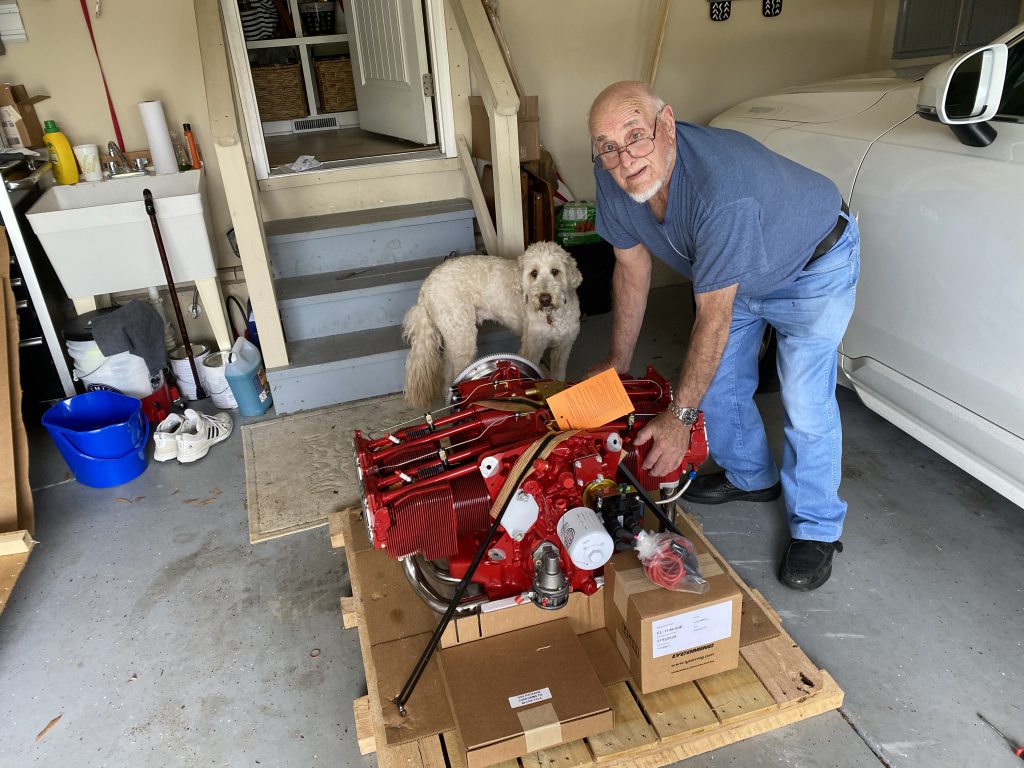Despite being smaller than the canopy, this was actually a bigger pain in the butt. It required a lot more prep work (mostly taping off areas that I didn’t want to get primer or glue on).
I almost made a giant mistake. The back window is glued to the inside of the skin but to the outside of the roll bar. I somehow managed to put glue on the OUTSIDE of the plexiglass in both places which would have meant no glue connecting the window to the roll bar. I noticed the mistake when I put the window in and was able to correct things before any damage was done. Lots of cursing for sure.
The back window is now in place and the glue is fully dried. I put a small fillet along the skin to make the transition look better. Pretty happy with the result.
Today (Wednesday) is moving day for the fuselage. My car will get to sit outside for about two weeks if all goes according to plan.
10 hours (5 hours x 2 people).





















